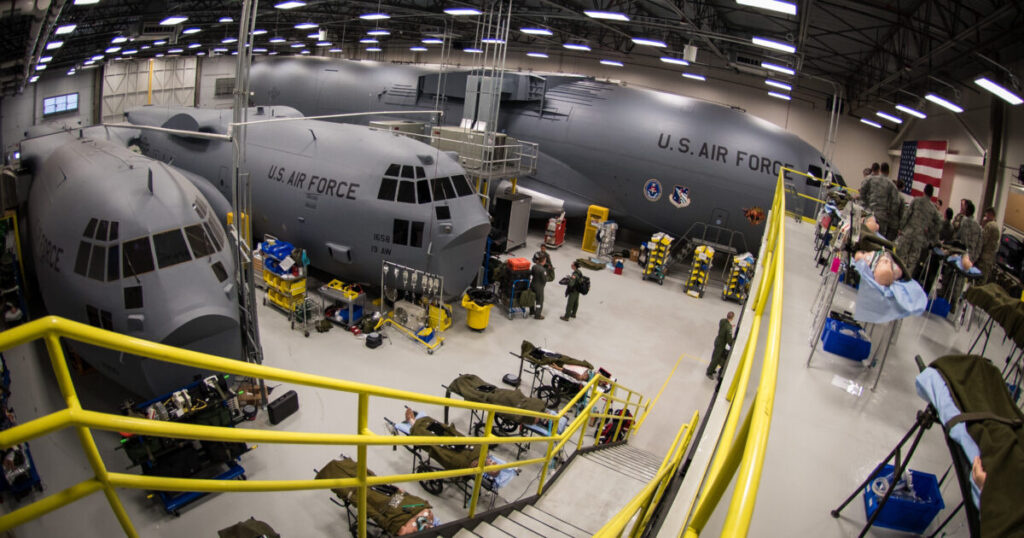Wright-Patterson Air Force Base, a critical military installation in the United States, experienced an alarming breach of its airspace over a recent weekend, as unidentified drones were observed buzzing above the Ohio facility. This incident has heightened concerns regarding the security of key U.S. defense facilities, especially given that the base hosts essential components of American military operations, including the Air Force Research Lab, Air Force Material Command, and the National Air and Space Intelligence Center. These components play pivotal roles in cutting-edge research and intelligence missions, making the base an alluring target for potential espionage or malicious activities.
On the night of December 13-14, 2024, the base reported significant Unidentified Aerial System (UAS) activity that necessitated the temporary closure of its Class Delta airspace. Air traffic control responded by issuing alerts and directives to aircraft operating in the area. This included a medical flight known as Med Flight 8, which was advised to maintain a higher altitude and exercise extreme caution while navigating the airspace to avoid any potential encounters with the drones. The safety measures taken by air traffic control underscore the seriousness of the situation and the proactive approach implemented by the authorities to safeguard lives and operations.
Despite the significant UAS activity, base spokesman Bob Purtiman clarified that the origins of the drones remain unidentified, and their intentions have been officially categorized as “not malicious.” In an update to the media, Purtiman confirmed the sightings of small aerial systems above the base and reassured the public that the drones did not impact base residents, facilities, or assets. The statement highlights the ongoing investigation and the collaborative efforts between the Air Force and local authorities to secure the safety of personnel and infrastructure at the base.
A Notice To Airman (NOTAM) was issued to provide additional information regarding the security concern and highlight the “heavy UAS activity” in the area. The NOTAM specified the temporary closure of the Class D airspace and served as a formal alert to all pilots operating in or near Wright-Patterson. The detailed transmission provided essential instructions to navigate the conditions at hand and emphasized the need for caution, showcasing the interconnectedness of air traffic management and security operations in military contexts.
The incident is not only a reflection of current advancements in drone technology but also raises broader implications about national security. With the rapid proliferation of drones and their increasing accessibility, military installations like Wright-Patterson find themselves in a precarious position. The incident serves as a reminder of the vulnerabilities that exist within the airspace surrounding such critical military hubs. As the nature of aerial threats evolves, so too must the strategies employed by the military and law enforcement to combat potential risks and safeguard invaluable defense services.
In light of these developments, the Air Force is likely to reassess its protocols and enhance its surveillance capabilities to detect and address unauthorized drone activity effectively. Potential measures could include increased collaboration with local law enforcement and the implementation of advanced detection systems focused on identifying aerial threats. Overall, the Wright-Patterson incident underscores the urgent need for heightened vigilance and protective measures in the face of evolving security challenges, ultimately emphasizing the balance between technological advancements and the inherent risks they bring to military operations.

